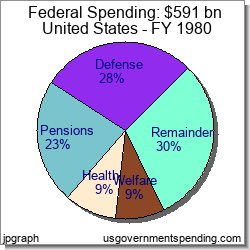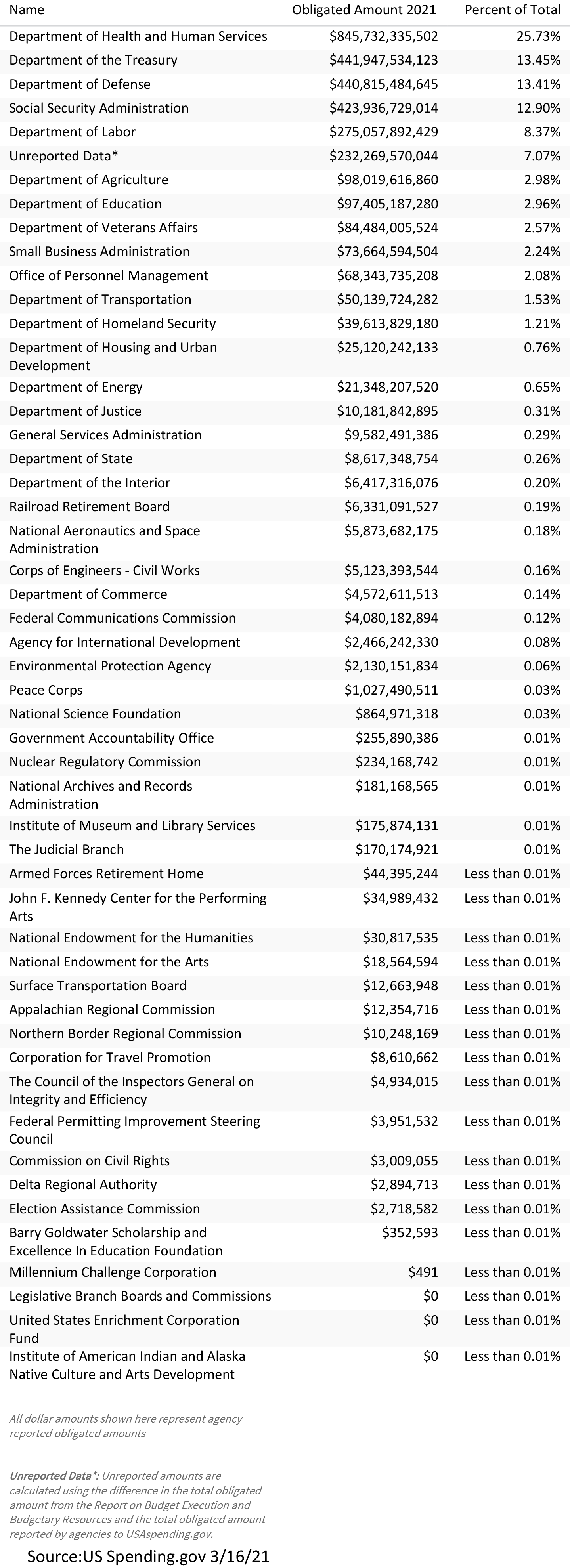
A Short History of Federal Grant Policy
Billions of dollars in Federal grants are awarded each year for programs and projects that benefit the public. This assistance is rooted in the Constitution and its call to "promote the general Welfare."
It wasn't until the 1970's, however, that Federal grant policy began to evolve into what it is today. In the 70's, Congressional lawmakers responded to reports that Federal agencies were using assistance awards, or grants, to pay for services. In doing so, they could side-step competition and procurement rules normally associated with government contracting.
The Federal Grant and Cooperative Agreement Act, passed in 1977, set out to guide government agencies in their use of Federal funds – particularly by defining the roles of contracts, cooperative agreements, and grants. Contracts, the law states, should be awarded when a Federal agency is acquiring something – an improved computer network, for example. Grants and cooperative agreements, meanwhile, should be awarded when a Federal agency is providing assistance, such as funding for a lower-income housing program in an at-risk urban community.
To help with the implementation of the law, the Office of Management and Budget (OMB) published guidance in 1978 directing agencies to ensure that grants funds be used only for assistance-based programs and projects.
Here is a Gross Look at the 1980 Federal Budget. Health is 9%

Here is the U.S. Obligated Amount for 2021 by Area:


Note that federal spending is gross spending, and includes monies transferred to state and local governments. State and local spending is direct spending on programs.
